IDO vs IEO: What’s the Real Difference and Why It Matters
IDO vs IEO — First, why all the confusion?
If you’ve recently dipped your toes into the crypto world, you’ve probably stumbled across terms like IDO and IEO. And hey — don’t worry if they sound nearly identical. Honestly, a lot of folks still use them interchangeably… but they really shouldn’t. The term IDO vs IEO may look like just a matter of one letter, but the way these two fundraising models function? Quite different. Let’s break this down without getting too technical, promise.
What is an IEO — and why do some prefer it?
IEO stands for Initial Exchange Offering, and the key idea here is centralization. That’s right — a crypto project raises funds directly through a centralized exchange, like Binance or KuCoin.
Now, this setup sounds a bit more organized, right? That’s because the exchange handles most of the process. It vets the project, hosts the sale, and ensures everything follows their own rules. Investors just need an account on that platform. No DeFi gymnastics required.
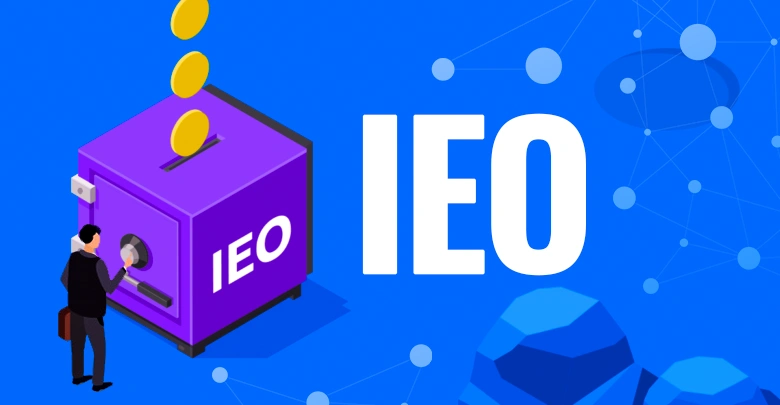
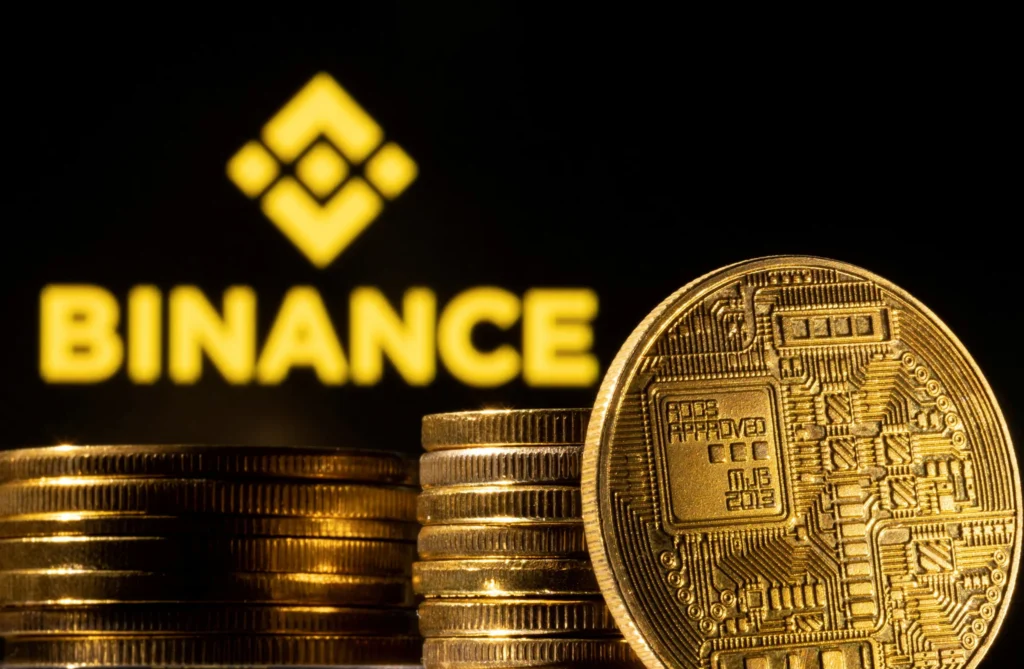
The upside?
You’re working with a platform that (usually) does some due diligence. It offers a bit of a safety net, especially for newcomers. But don’t get too comfy — centralized doesn’t mean risk-free.
What about IDO — why is it such a buzzword?
On the flip side, we have IDO, or Initial DEX Offering. Here’s where things get a bit more wild west. Instead of a centralized exchange, IDOs launch through decentralized exchanges (DEXs) like Uniswap or PancakeSwap.
The biggest draw? Anyone can participate — no KYC, no gatekeepers. Sounds great, right? Well, yeah… and also no. Because with freedom comes a lot of noise. There’s often no middleman to vet these projects.
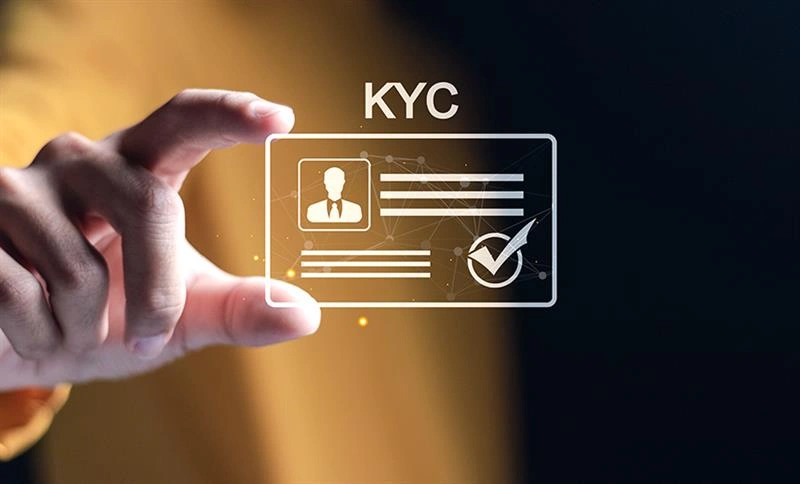
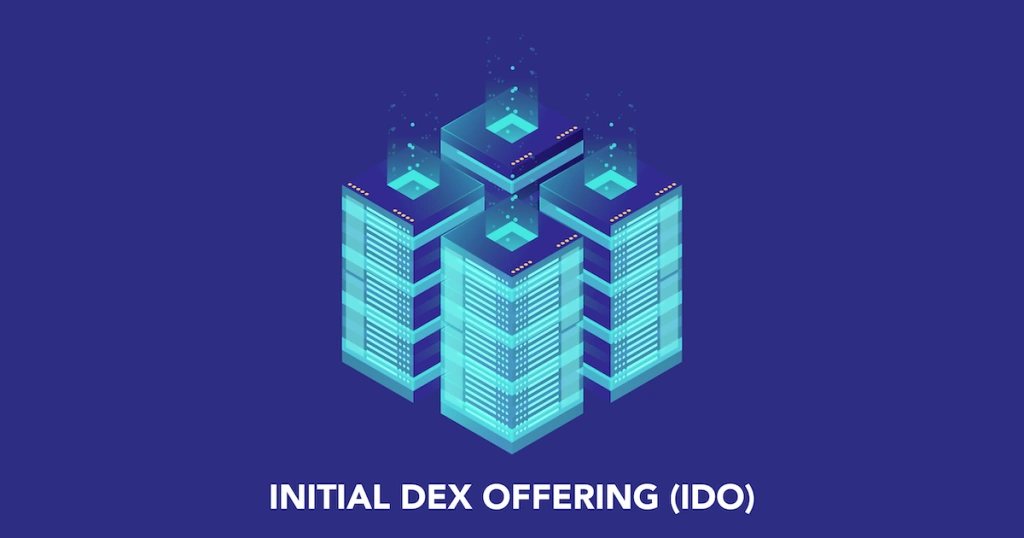
So sure, you might stumble onto a gem before the masses get in. But you might also get rugged by a fly-by-night token with a cute name and zero substance.
IDO vs IEO: Which is better for you?
Okay, here’s where we hit the big question: IDO vs IEO — which should you choose?
Well… it depends.
- If you’re a beginner, maybe still trying to figure out MetaMask or what a private key does — IEO might be a safer bet. It’s structured, user-friendly, and requires less tech-savvy maneuvering.
- If you’re more seasoned, comfortable with smart contracts, and don’t mind taking on more risk for possibly higher reward — IDO opens up more freedom and early access.
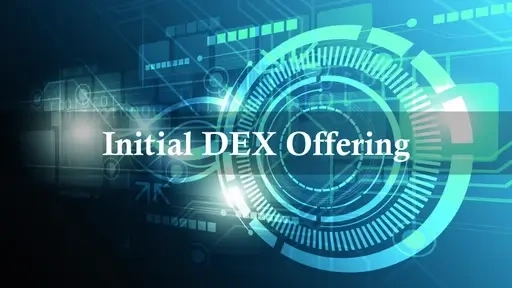

It’s a classic trade-off — convenience and oversight vs flexibility and risk. There’s no one-size-fits-all answer here.
So why does this difference even matter?
Great question.
The crypto world moves fast, and hype often clouds clarity. But understanding IDO vs IEO helps you figure out what kind of investment environment you’re stepping into. Are you trusting a centralized platform to screen projects for you, or are you doing all the legwork yourself?
And maybe more importantly — are you prepared for what that means if (or when) something goes wrong?
Final thoughts: Know the terrain before you invest
At the end of the day, knowing the difference between IDO vs IEO isn’t just about sounding smart at crypto meetups. It’s about making informed choices — based on your risk tolerance, your tech comfort level, and yeah, your gut.
Some folks love the wild, unfiltered nature of IDOs. Others prefer the cleaner, curated feel of IEOs. Neither is better by default. It all comes down to what you’re looking for.
So… next time you hear someone mix the two up? Maybe don’t correct them — just send them this guide.
Related news: IDO vs IEO: A Clear Pros & Cons Breakdown for Curious Investors



